In the 30s, the old house located on Calle de Joaquín Pérez 6, was known as the Red Palace of Tacubaya, probably because of its large party room in which this color predominates. The owner of that time, Federico Sánchez Fogarty, gathered here in countless socio-cultural events, the artists and intellectuals who forged the aesthetics of the Mexico we know today. This eccentric host, patron, and collector, encouraged young painters and sculptors. He was also a visionary in giving photography its place among the visual arts. Following this tradition, El Rojo de Tacubaya proposes a space open to the diversity of artistic and cultural endeavors. Varied and flexible, the program of activities has grown organically while maintaining a high standard of quality, also accommodating emerging artists of all ages. The generous spaces of the house allow the development of an artistic process from its conception to its public presentation. This is a great advantage, since there are few cultural spaces that can accommodate the entire journey, from the workshop to the gallery or from the rehearsal to the theater.
The man from Potosi, Federico Sánchez Fogarty, (1901 – 1976) was the publicist for Cementos Tolteca. In 1931, on the occasion of the inauguration of the factory, he organized an art competition offering a large prize. He invited Tamayo, María Izquierdo, Juan O’Gorman, Manuel Álvarez Bravo and other young artists of the time. O’Gorman won the painting award.
Sánchez Fogary was a great visionary when he considered photography as one of the fine arts.
Since 1936, Sánchez Fógarty and his wife Magda, organized meetings in their house in Tacubaya where poets, writers, artists and critics attended. He called these gatherings the “Feasts of the Third Empire.” Salvador Novo makes the chronicles and publishes them in the newspapers of the time.Those who contributed to the construction of the aesthetics of modern Mexico lived together at these festivals.
The Empire of Tacubaya by Sánchez Fógarty, also known as the Empire of Illusion, was the set of more than three hundred festivals held over twenty-three years, with different characteristics and names: The Great Saturdays, The Imperial School, the All Imperial and the Teas Crazy. These parties, which were attended by the best-known characters of that time (President Miguel Alemán requested to be invited), became a tradition in Mexico City.
During the Locos Teas, starting at seven o’clock in the afternoon, the host played his phonograph and on a podium he conducted it like an orchestra, using a José Clemente Orozco brush as a baton. He proclaimed himself Admiral of a bicycle squad and each guest received a title of nobility. When the host played a gong, everyone had to leave. Maris Bustamante affirms that these teas were the antecedent of performance in Mexico, that they were proto-performances.
In 1940, under the pseudonym Carmen Reyes, Salvador Novo began to speak of the Great Saturdays in his column “Martes de las Gómez”.
An eccentric host, Federico Sánchez Fógarty was a patron, collector and writer. He is the author of the book Life and Death of the Third Mexican Empire.
 info@elrojodetacubaya.com.mx
info@elrojodetacubaya.com.mx
 55 5271 5473
55 5271 5473
Nearest at 0.00 kms.
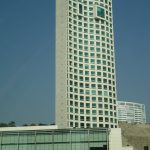
Nearest at 0.00 kms.
Nearest at 0.00 kms.
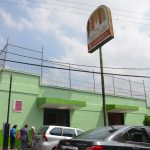
A terrific neighborhood market just below the famous cemetery . . .
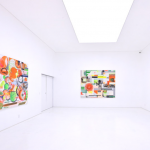
One of the stronger players on the San Miguel Chapultepec gallery circuit . . .
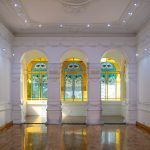
One of the most beautiful old homes in San Miguel Chapultepec.
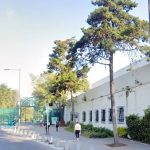
One of the important entranceways to Los Pinos, and thus to the rest of Chapultepec.
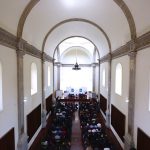
A dramatic setting for arts and culture on the grounds of the Casa Amarilla.